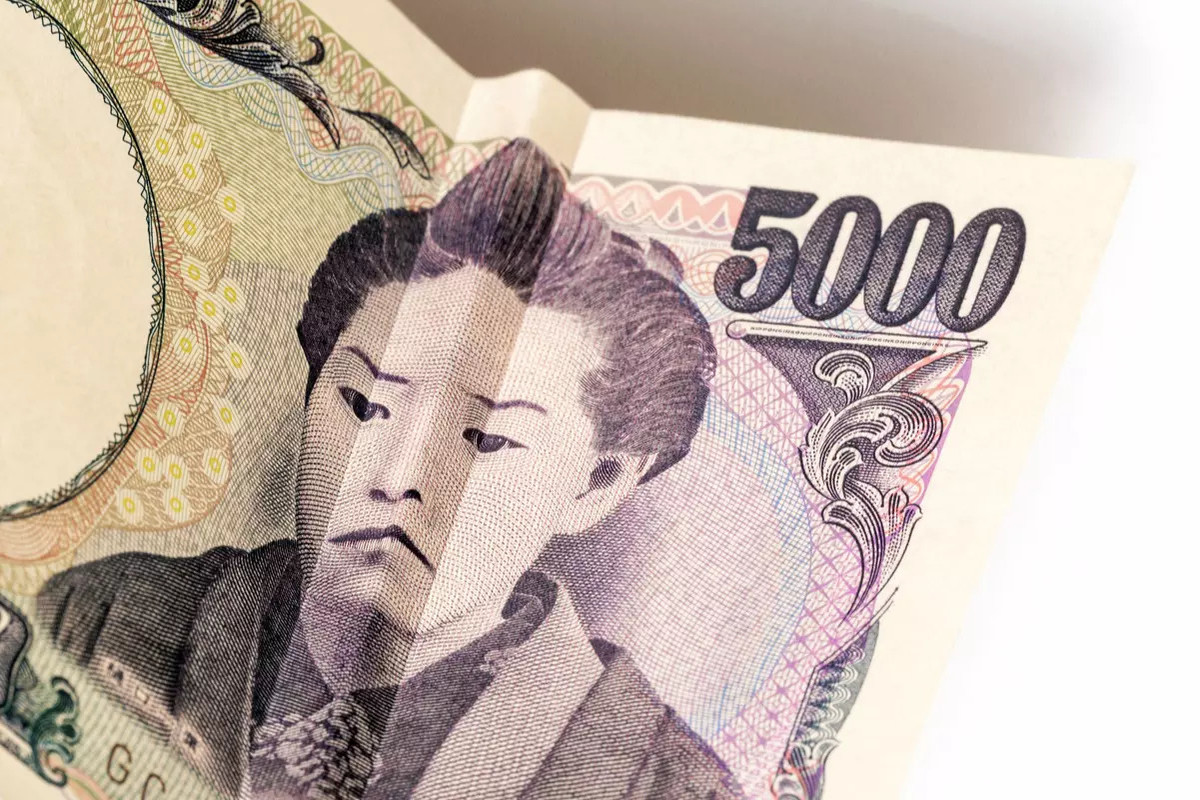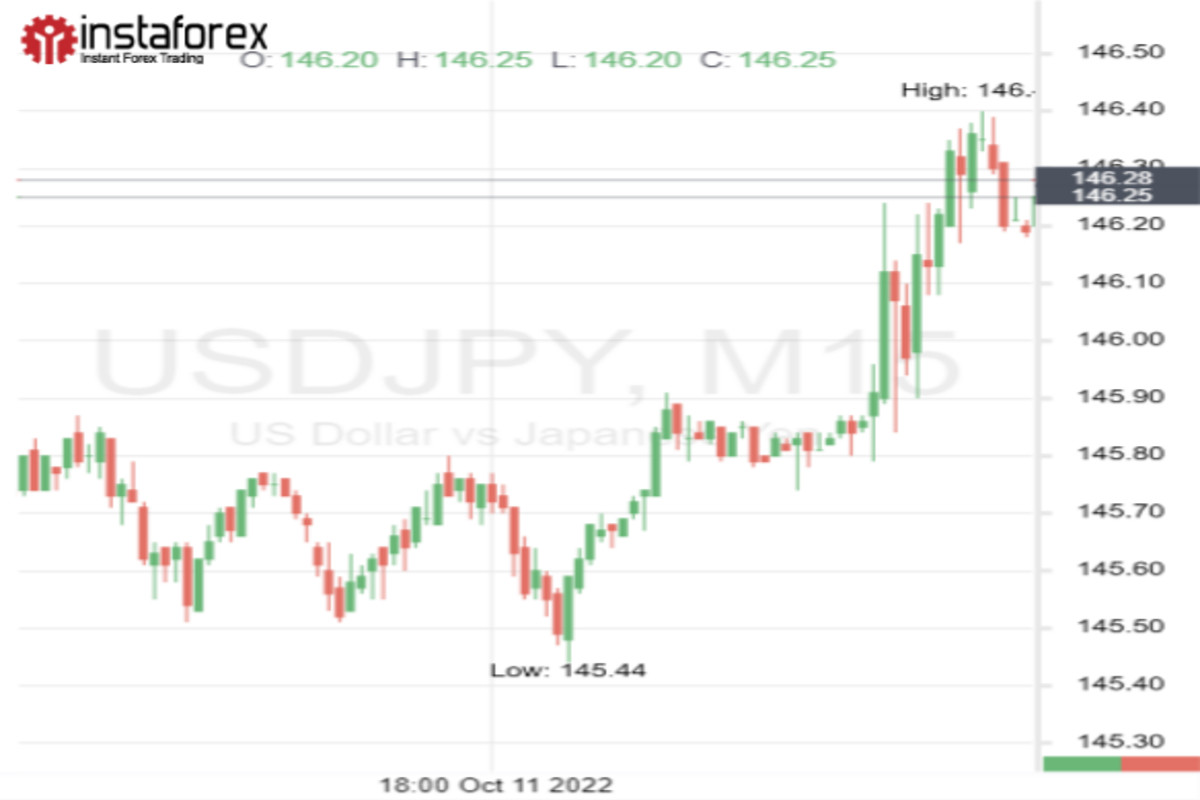
On Wednesday morning, the Japanese currency was covered by a strong tsunami caused by the USD. Paired with the dollar, the yen crossed the red line at 145.90 and collapsed to a new 24-year low.
The dollar has dispersed
Today's culminating event in the foreign exchange market should be the release of the minutes of the September FOMC meeting.
Recall that last month, as part of the current tightening cycle, the US central bank raised the interest rate by 75 bps for the third consecutive time and signaled the continuation of an aggressive course in order to curb inflation faster.
Now traders hope that the Federal Reserve's minutes will shed light on the central bank's future plans regarding rates. If the report turns out to be more hawkish, it will strengthen expectations for another increase in the indicator by 75 bps.
This development is an excellent driver for the yield of 10-year US government bonds. Ahead of the release of the FOMC minutes, the indicator soared to a 14-year high at 4.006%.
The jump in yields contributed to the dollar's growth in all directions. At the start of Wednesday, the DXY index rose by 0.16% and tested a 2-week high at 113.54.
At the same time, the greenback showed the best dynamics against the yen, which is absolutely logical. Among all the currencies of the Group of 10, the JPY is particularly sensitive to the growth of long-term US bond yields, since the same Japanese indicator is still near zero.
The growing monetary divergence of Japan and the United States has led to the fact that this year the yen has sunk against the dollar by more than 20%. And this morning, the yen set another anti-record.
The USD/JPY pair jumped by more than 0.3% and touched the level of 146.35. The last time the quote was traded at this level was in August 1998.

Is the intervention close?
Of course, the fact that dollar bulls crossed the red line again further increased the risk of repeated currency intervention by the Japanese authorities.
Recall that the Japanese government intervened in the market for the first time in 24 years three weeks ago, when the USD/JPY pair reached the level of 145.90.
Now, when the quote turned out to be much higher than this level, many traders are afraid of a repeat of the September scenario in the near future.
However, this time Japanese politicians will most likely not focus on any particular red line.
At this stage, the more important indicator will be the rate of change in the exchange rate. This was announced this morning by Japanese Finance Minister Shunichi Suzuki.
"If the yen falls rapidly, it will force the Japanese government to push the red button again," Commonwealth Bank of Australia strategist Joseph Capurso shared his opinion.
Meanwhile, many analysts warn that in the short term, the dollar's growth may accelerate significantly on all fronts, including against the yen.
Today's FOMC minutes is far from the only obvious driver for the dollar. The real rocket fuel for the USD may be tomorrow's release of statistics on inflation in the United States for September.
If the market sees that consumer price growth is still steady, it is likely to reignite a wave of speculation about an even sharper rate hike in America.
In this case, the dollar may demonstrate another parabolic growth. Then Japan will simply have no other choice but to re-intervene.
The yen is doomed anyway
According to Kapurso, the Japanese government will intervene in the market by the end of this week. However, as in September, the effect of the intervention will be short-lived.
Any fluctuations caused by the intervention of the USD/JPY pair will stop within a few weeks, the analyst is certain.
The quote will be able to recover fairly quickly, since the dollar now has very strong support: the Fed's November meeting is ahead, which means the next round of rate hikes.
The asset has excellent growth potential in the longer term. Even if in the future the Fed starts to slow down the pace of tightening its monetary rate a bit, the Bank of Japan policy will still remain ultra-soft. This should support the US currency.
We expect that the dollar will remain strong at least until next spring, and we maintain our 3-month forecast for the USD/JPY pair at 147.00, Rabobank analysts said.





















